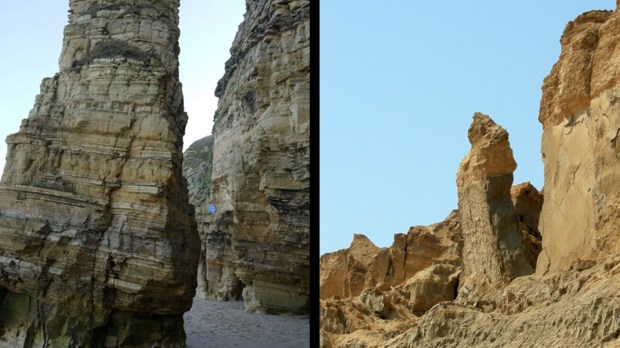Lenten Campaign 2025
This content is free of charge, as are all our articles.
Support us with a donation that is tax-deductible and enable us to continue to reach millions of readers.
Lot’s wife is first mentioned in the Bible in Genesis 19. Some other mentions of her are found in the book of Wisdom (10:7), the Gospel of Luke (17:32) and in other Abrahamic traditions, including some Islamic accounts. In the Quran, for example, Lot’s wife is also present in the context of the destruction of Sodom and Gomorrah, but her turning into a pillar of salt is not at all mentioned. One only reads Lot and his family were all saved, “except an old woman among those who remained behind.”
The biblical story tells of two angels who arrived in Sodom. Lot invited them to spend the night in his house. He served them, fed them, and gave them shelter, even protecting them from other Sodomites who wanted Lot to hand them over. Instead, Lot would offer his two daughters, but was refused. By the morning, the two angels urged him to get his family and flee the city, which was about to be destroyed: “Flee for your life! Do not look behind you, nor stop anywhere in the plain; flee to the hills, lest you be swept away!” The rest of the story, we already know. Lot’s wife disobeys, looks behind, to the city, and immediately turns into a pillar of salt.
On the Israeli Mount Sodom, near the shores of the Dead Sea, one finds a tall rock pillar, which has been commonly identified with Lot’s wife. It seems even the biblical story is based in different, older local stories regarding the origin of this formation, and it is customary to say a blessing when one goes by this pillar. The Jewish-Roman historian Josephus, like some of the early Church Fathers (Irenaeus and Clement of Rome) all mention it in their respective works. Now, what they could never have mentioned is the existence of another rock “pillar” – in fact, a sea stack – on the northeastern English shores of Marsden Bay, also known as Lot’s Wife. Far as it is from Sodom, nevertheless, the powerful and popular biblical image still seduces the imaginations of many.

